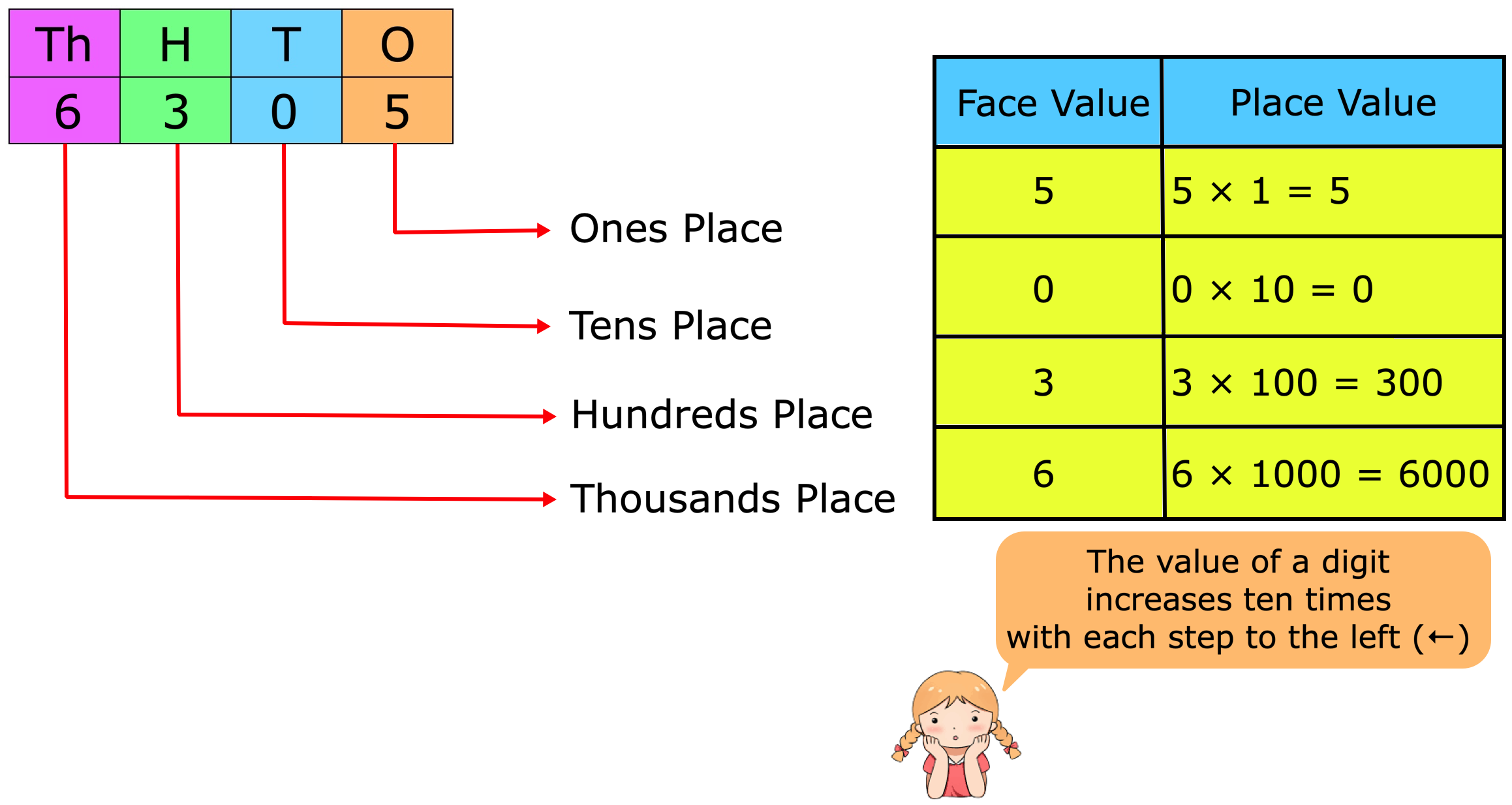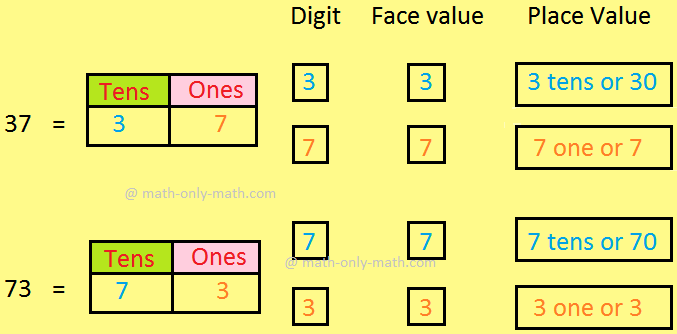Point of Intersection of Two Lines
We will learn how to find the co-ordinates of the point of intersection of two lines.
Let the equations of two intersecting straight lines be
a1 x + b1y + c1 = 0 ………….. (i) and
a2 x + b2 y + c2 = 0 …….…... (ii)
Suppose the above equations of two intersecting lines intersect at P(x1, y1). Then (x1, y1) will satisfy both the equations (i) and (ii).
Therefore, a1x1 + b1y1 + c1 = 0 and
a2x1 + b2y1 + c2 = 0
Solving the above two equations by using the method of cross-multiplication, we get,
x1b1c2−b2c1=y1c1a2−c2a1=1a1b2−a2b1
Therefore, x1 = b1c2−b2c1a1b2−a2b1 and
y1 = c1a2−c2a1a1b2−a2b1, a1b2 - a2b1 ≠ 0
Therefore, the required co-ordinates of the point of intersection of the lines (i) and (ii) are
(b1c2−b2c1a1b2−a2b1, (c1a2−c2a1a1b2−a2b1), a1b2 - a2b1 ≠ 0
Notes: To find the coordinates of the point of intersection of two non-parallel lines, we solve the given equations simultaneously and the values of x and y so obtained determine the coordinates of the point of intersection.
If a1b2 - a2b1 = 0 then a1b2 = a2b1
⇒ a1b1 = a2b2
⇒ - a1b1 = - a2b2 i.e., the slope of line (i) = the slope of line (ii)
Therefore, in this case the straight lines (i) and (ii) are parallel and hence they do not intersect at any real point.
Solved example to find the co-ordinates of the point of intersection of two given intersecting straight lines:
Find the coordinates of the point of intersection of the lines 2x - y + 3 = 0 and x + 2y - 4 = 0.
Solution:
We know that the co-ordinates of the point of intersection of the lines a1 x+ b1y+ c1 = 0 and a2 x + b2 y + c2 = 0 are
(b1c2−b2c1a1b2−a2b1, (c1a2−c2a1a1b2−a2b1), a1b2 - a2b1 ≠ 0
Given equations are
2x - y + 3 = 0 …………………….. (i)
x + 2y - 4 = 0 …………………….. (ii)
Here a1 = 2, b1 = -1, c1 = 3, a2 = 1, b2 = 2 and c2 = -4.
((−1)⋅(−4)−(2)⋅(3)(2)⋅(2)−(1)⋅(−1), (3)⋅(1)−(−4)⋅(2)(2)⋅(2)−(1)⋅(−1))
⇒ (4−64+1, 3+84+1)
⇒ (115,−25)
Therefore, the co-ordinates of the point of intersection of the lines 2x - y + 3 = 0 and x + 2y - 4 = 0 are (115,−25).
● The Straight Line
- Straight Line
- Slope of a Straight Line
- Slope of a Line through Two Given Points
- Collinearity of Three Points
- Equation of a Line Parallel to x-axis
- Equation of a Line Parallel to y-axis
- Slope-intercept Form
- Point-slope Form
- Straight line in Two-point Form
- Straight Line in Intercept Form
- Straight Line in Normal Form
- General Form into Slope-intercept Form
- General Form into Intercept Form
- General Form into Normal Form
- Point of Intersection of Two Lines
- Concurrency of Three Lines
- Angle between Two Straight Lines
- Condition of Parallelism of Lines
- Equation of a Line Parallel to a Line
- Condition of Perpendicularity of Two Lines
- Equation of a Line Perpendicular to a Line
- Identical Straight Lines
- Position of a Point Relative to a Line
- Distance of a Point from a Straight Line
- Equations of the Bisectors of the Angles between Two Straight Lines
- Bisector of the Angle which Contains the Origin
- Straight Line Formulae
- Problems on Straight Lines
- Word Problems on Straight Lines
- Problems on Slope and Intercept
11 and 12 Grade Math
From Point of Intersection of Two Lines to HOME PAGE
Didn't find what you were looking for? Or want to know more information about Math Only Math. Use this Google Search to find what you need.
Recent Articles
-
Place Value and Face Value | Place and Face Value of Larger Number
Apr 13, 25 03:12 PM
The place value of a digit in a number is the value it holds to be at the place in the number. We know about the place value and face value of a digit and we will learn about it in details. We know th… -
Face Value and Place Value|Difference Between Place Value & Face Value
Apr 13, 25 03:07 PM
What is the difference between face value and place value of digits? Before we proceed to face value and place value let us recall the expanded form of a number. The face value of a digit is the digit… -
Place Value and Face Value | Basic Concept on Place Value | Face Value
Apr 13, 25 02:59 PM
Learn the easiest way to understand the basic concept on place value and face value in the second grade. Suppose we write a number in figures 435 in words we write four hundred thirty five. -
Expressing Place Value and Face Value | International & Indian System
Apr 13, 25 02:35 PM
We will learn expressing place value and face value of a digit in any number in International and Indian system. Place value: We know how to find out the place value of a digit in any number. -
5th Grade Decimals | Word Problem on Decimals | Concept of Decimals
Apr 13, 25 02:16 PM
A fractional number whose denominator is 10 or multiple of 10 is called a decimal. Every decimal has two parts whole number part and decimal part. These two parts are separated by a dot or point. This…





New! Comments
Have your say about what you just read! Leave me a comment in the box below. Ask a Question or Answer a Question.